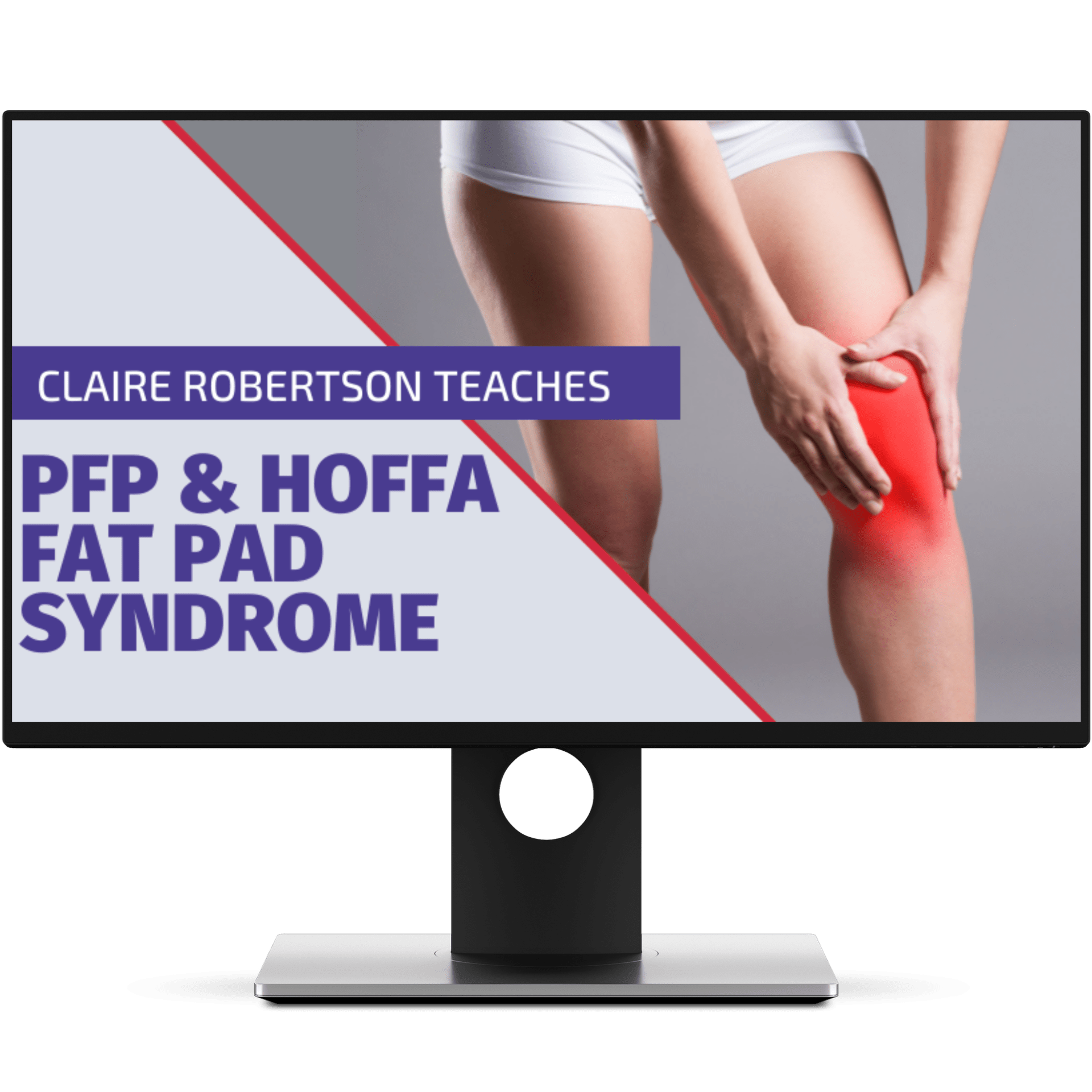Knee Crepitations / Knee Crepitus – The Science Behind Why Knees Crack

A couple of years ago, we posted a video on social media that went absolutely viral: Why Knees Crack.
It’s time we turn this video into a blog post and update it here and there with evidence that came out in the last couple of years. If you haven’t seen our video yet, check it out below:
Knee crepitations can cause a lot of worry in our patients and might eventually lead to fear-avoiding behavior as negative health beliefs are associated with the crepitations (Robertson et al. 2017). This can put patients in a downward spiral of altered abnormal motor behavior fueled by negative emotions. Evidence suggests that health professionals are often not assessing and managing these negative health beliefs. Given the prevalence of joint crepitus, this is relevant for any practitioner dealing with patients with musculoskeletal complaints. It’s time we put an end to this and start to reassure our patients that what they are experiencing is normal and even more important, explain to them what is happening.
Inside the bone is rubbing because there is a noise, you could imagine it’s the bone grinding on the bone – Patient’s belief from Robertson et al. (2017)
First of all, no research up to today has demonstrated a definitive link between crepitation noise and active pathology, and its importance and meaning to patients is under-researched. 99% of a cohort of subjects had joint crepitus, but no pain (McCoy et al. 1987). If pain is concordant with the joint crepitations, contact a health professional to evaluate the situation.
After releasing our video back then, quite a few people reached out to us referring to the study of Lo et al. (2017) who showed that “subjective knee crepitus predicts incident symptomatic OA longitudinally, with most cases occurring in those with preexisting tibiofemoral radiographic OA”. So how is this study different from the crepitus we are talking about in this blog article? The mean age in Lo’s study was 61.1 years and they were recruited from an OA initiative. This is very different from a 25-year-old with patellofemoral pain who does have creaky knees. More importantly, Lo also states that “in the group with pre-existing symptoms but no radiographic OA increased crepitus frequency was NOT predictive of OA over 4 years.”
An extra-articular mechanism may be tendon snapping over bony protuberances, which may be a palpable hollow snapping, sometimes inaudible, such as de Quérvain’s disease or tenosynovitis.
Inside the joint, a displacement of the two articular surfaces creates a vacuum and leads to the collapse of gas bubbles within the synovial fluid. What you hear is the characteristic pop (Protopapas et al. 2002, Unsworth et al. 1971).
Popping = Gas bubbles
Clunk = Patella on trochlea (ok)
Fine grating = Movement of fluid through retropatellar surface (norm)
Interestingly enough, habitual knuckle cracking over the course of years showed no signs of osteoarthritis (Castellanos et al. 2022). The clunk can be explained as the slipstick phenomenon whereby the movement of the patella and femur are jerky and produce signals on vibration arthrography.
These vibrations are reduced in osteoarthritis and almost lost on advanced patellofemoral changes, most probably due to hypomobility and loss of joint lubrication. So, in short, degenerative joints are actually less likely to produce a crepitus. But what about the fine grating? That’s also normal as fluid flows through the slightly rough retropatellar surface.
Patellofemoral Pain & Fat Pad Syndrome
Update your Knowledge about Patellofemoral Pain by Gaining Insights into the Latest Research

Did you know that the eland, a type of African antelope, uses knee crepitus to display dominance? (Bro-Jørgensen et al. 2008) So maybe we should not see cracking knees as a sign of pathology, but as a positive sign because our joints are mobile and well-lubricated.
Thanks a lot for reading!
Kai
References
Bro-Jørgensen, J., & Dabelsteen, T. (2008). Knee-clicks and visual traits indicate fighting ability in eland antelopes: multiple messages and back-up signals. BMC biology, 6, 1-8.https://bmcbiol.biomedcentral.com/articles/10.1186/1741-7007-6-47
Robertson, C. J., Hurley, M., & Jones, F. (2017). People’s beliefs about the meaning of crepitus in patellofemoral pain and the impact of these beliefs on their behaviour: a qualitative study. Musculoskeletal Science and Practice, 28, 59-64.https://pubmed.ncbi.nlm.nih.gov/28171780/

Kai Sigel
CEO & Co-Founder of Physiotutors
NEW BLOG ARTICLES IN YOUR INBOX
Subscribe now and receive a notification once the latest blog article is published.







